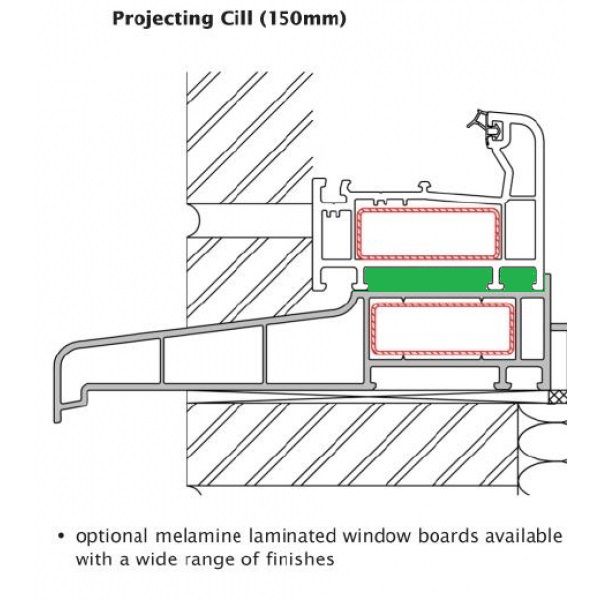Hi guys, hope this is the right place for this post!
I bought a 1960's house this year that we've completely renovated, it has UPVC windows throughout but I don't know how old they are! (not ancient, but not brand new)
We've had some plaster work done and now today after the first heavy rain this year I have little patches of 'Damp' in a corner of almost every window in the house!
I can't see water leaking or running down anywhere on the inside. There's some pics attached to show what I mean!
Can anyone suggest some things to remedy this? I hope it's not serious as I can't afford anything major
I bought a 1960's house this year that we've completely renovated, it has UPVC windows throughout but I don't know how old they are! (not ancient, but not brand new)
We've had some plaster work done and now today after the first heavy rain this year I have little patches of 'Damp' in a corner of almost every window in the house!
I can't see water leaking or running down anywhere on the inside. There's some pics attached to show what I mean!
Can anyone suggest some things to remedy this? I hope it's not serious as I can't afford anything major












